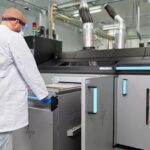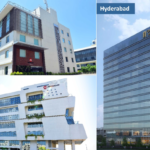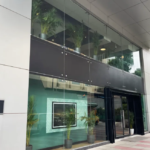ASIA ELECTRONICS INDUSTRYYOUR WINDOW TO SMART MANUFACTURING
Schneider Electric Boosts Performance of Sarel Site
Schneider Electric, the leader in the digital transformation of energy management and automation, has opened a new roll forming workshop at its Sarel factory in Alsace, France.
Founded in 1956, the Sarel site specializes in the production of electrical cabinets, boxes and enclosures. Moreover, the factory cuts steel. It also folds, punches, screws, and welds.
The factory also comes fitted with accessories and painted and the finished products–built to withstand heavy usage in tough environments–are then dispatched fully assembled or in parts.
In 2021, Sarel had the third highest energy consumption of all Schneider Electric’s sites. Primarily, the site has energy-intensive painting and baking processes.
These investments will help reduce energy usage: the new machines consume three to four times less energy than their older counterparts, with a return on investment of about three years. The rest of the investment will be used to replace other old machines, boosting the site’s overall productivity.
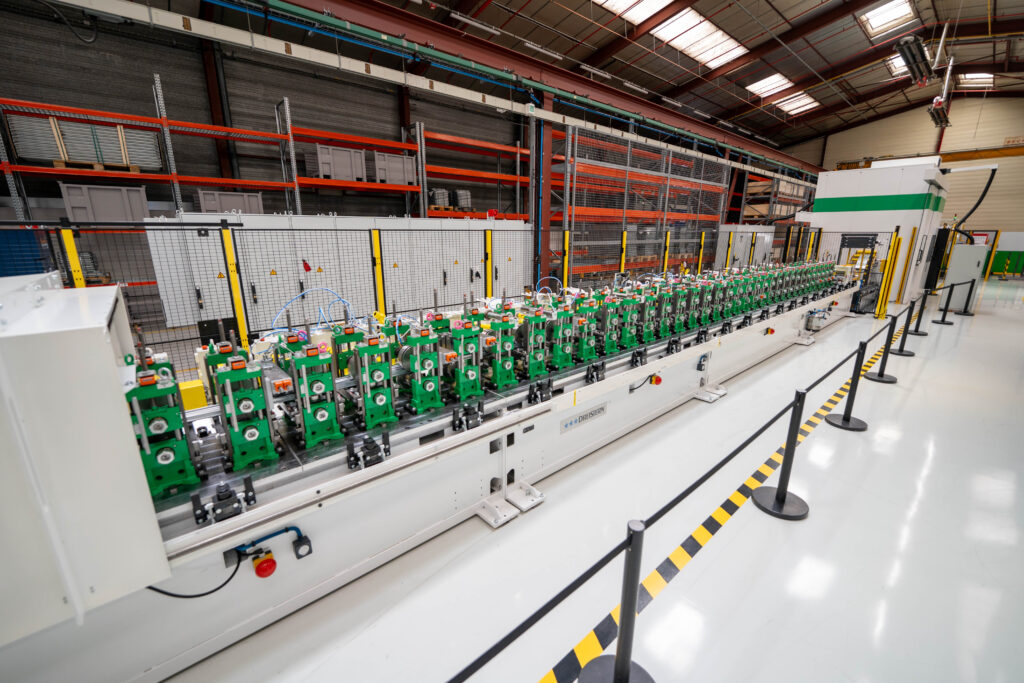
Decarbonizing the factory with energy efficiency and innovation
“Across all of our sites, we are taking decisive actions to reduce our energy consumption and decarbonize our operations,” stated Laurent Bataille, President of Schneider Electric France. “The Sarel factory is a best-in-class example of our Group-wide commitment to achieve net-zero emissions for our own operations and reduce our CO2 emissions by 25% across our entire value chain by 2030.”
To meet its ambitious carbon emission reduction targets and be more energy efficient, the site has switched to LED lighting and optimized its heating and energy-intensive processes. Thus, helping to cut energy consumption by 25% in May 2022 (compared to May 2019).
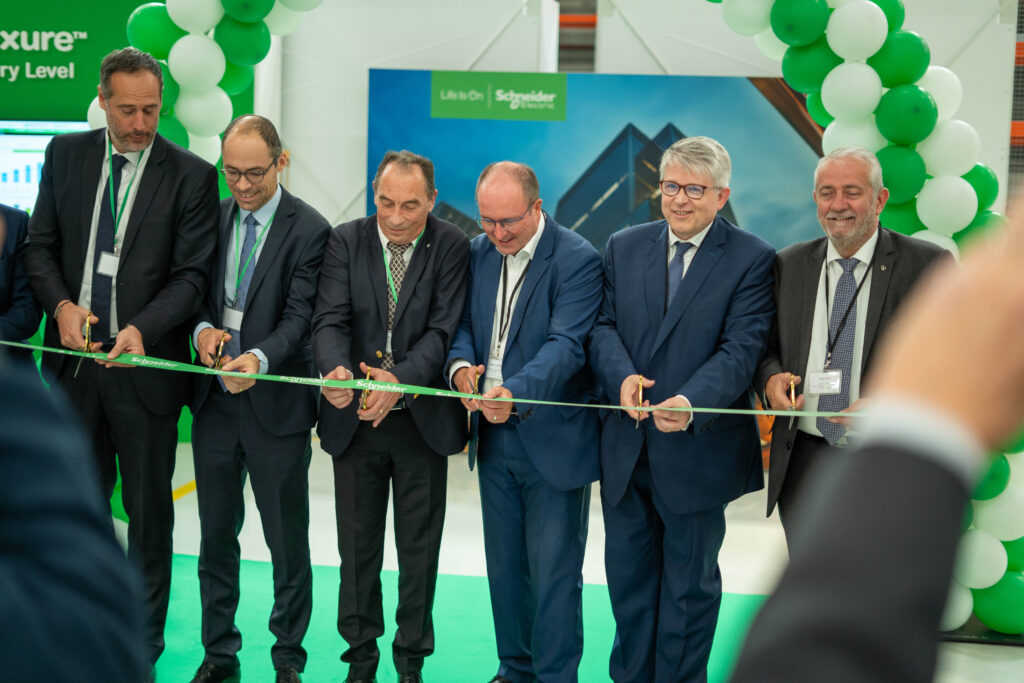
From July onwards, the site’s burners begin transitioning from gas to electricity and an electric heat pump will soon be installed. All processes will be decarbonized between 2025 and 2026.
Later, the first product made using green steel, produced using a fully electrified process, will leave the factory. It will be distributed in packaging without plastic wrap because decarbonizing all operations also means using low-carbon raw materials.


